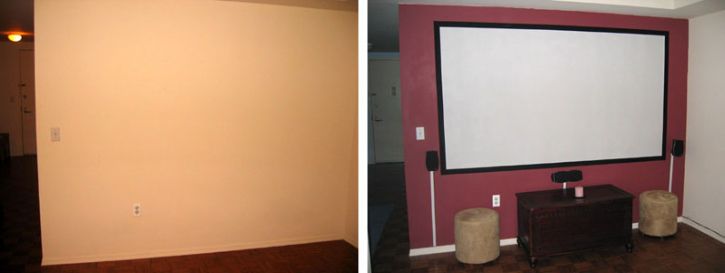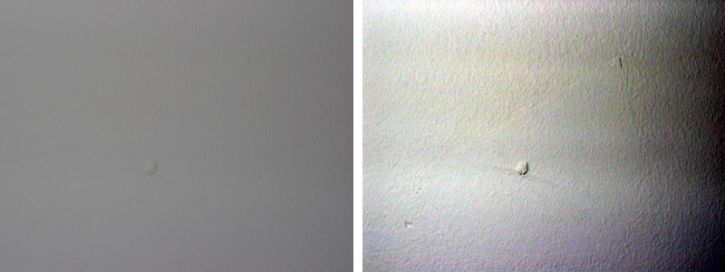Dear BPBS,
My brother just got a 3D projector. It's the Optoma HD26 1080p DLP projector. I went over and checked it out. The size was impressive (he had it at 100 inches) and it did look pretty good, but I wasn't as impressed with the picture, compared to my Panasonic plasma TV. He is projecting on a wall.
Do projectors have a different look to them compared to plasma TV? I take it that it takes a while to get used to it. The 3D was okay. I think my brother needs to calibrate it a bit. I think he was using the cinema settings. Got any other suggestions regarding the settings?
Thanks,
-JR
Hi, JR
Projectors do typically look a bit different from flat panel TVs for a number of reasons. First of all, when you blow up the screen size, the pixels get bigger, which means the larger image looks less sharp and less detailed. A 100-inch diagonal screen is actually four times larger than a 50-inch diagonal screen so the image will look appreciably less sharp on the projection screen compared to the flat panel. Also, because you have a relatively small amount of light (a single lamp) illuminating a large screen, the image will also look dimmer on the projector compared to the flat panel TV. The larger you make the projected image, the less bright it will be.
Black levels also tend to suffer on projectors (compared to a plasma particularly) because the lighting source can leak around the pixels (LCD shutters on LCD projectors or tiny mirrors on a DLP projector). Meanwhile with a plasma, each individual pixel can be turned on or turned off, so they tend to have better black levels.
I can't suggest any specific picture settings for that projector because that really depends not only on the projector itself, but on the screen. The "Cinema" picture modes do tend to look the best (on most projectors) as they are usually closest to an accurate picture, but this really depends on how much ambient light you have at viewing time as well as what type of screen you use. But if you're projecting against a wall instead of a real screen, all bets are off.
The only benefits of projecting your image on a wall are that a.)it's cheap and b.)it's convenient. But there are many more drawbacks. Unless it's a spefically formulated type of paint like Screen Goo, the optical characteristics of wall paint are far from ideal. Matte paint may absorb too much light while gloss or semi-gloss paints may reflect too much, leading to uneven brightness or "hot spots." Also, if your wall is not a neutral color (white or light grey), then your colors will be inaccurate. Lastly, any imperfections on your wall (like bumps, waves, paint drips or holes) will stand out like a sore thumb under the glare of a projector's lamp.

The biggest upgrade for a projection system is to use a real, high quality projection screen instead of a wall as the screen. Not only will you get a nicer picture with better color accuracy and more uniform brightness, but the black frame around the edges of most projection screens will help the image to pop more by improving the perceived contrast.

While some screens can run into the thousands of dollars, you don't have to spend a lot to get a decent screen. Our friend Chris Heinonen over at The Wire Cutter recently completed a professional review of 11 different screens and his favorite overall (in terms of value for performance) cost only $200 for a 100-inch screen. It's the Silver Ticket 100" Diagonal 16:9 HDTV Projection Screen and it's available on Amazon.
Also, just FYI, you don't need to buy the Optoma 3D glasses for that projector. Any generic 144 Hz DLP-Link glasses should work (like these ones, which sell for less than $14/pair on Amazon): SainSonic 3D DLP-Link Glasses.
Hope that helps.
-Chris